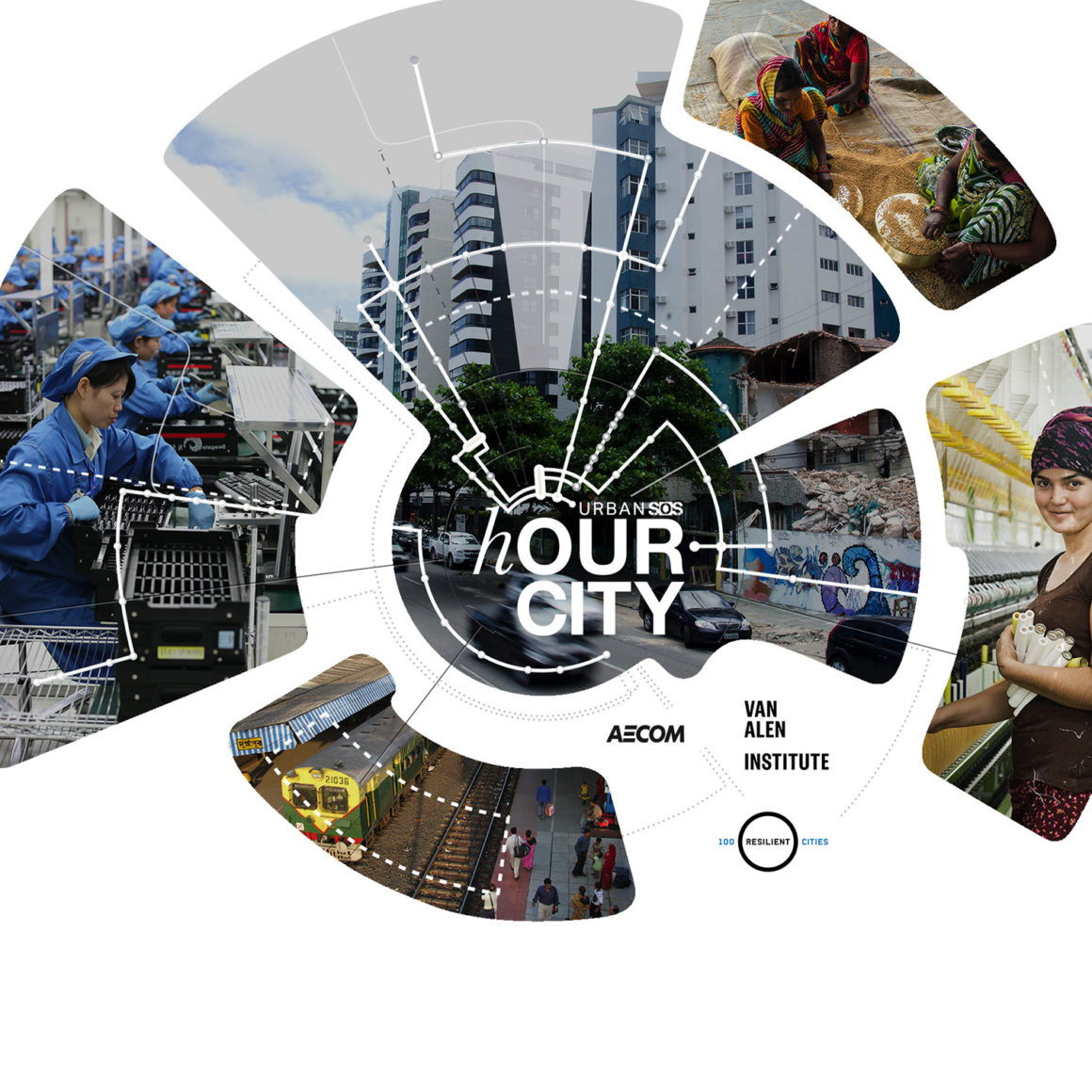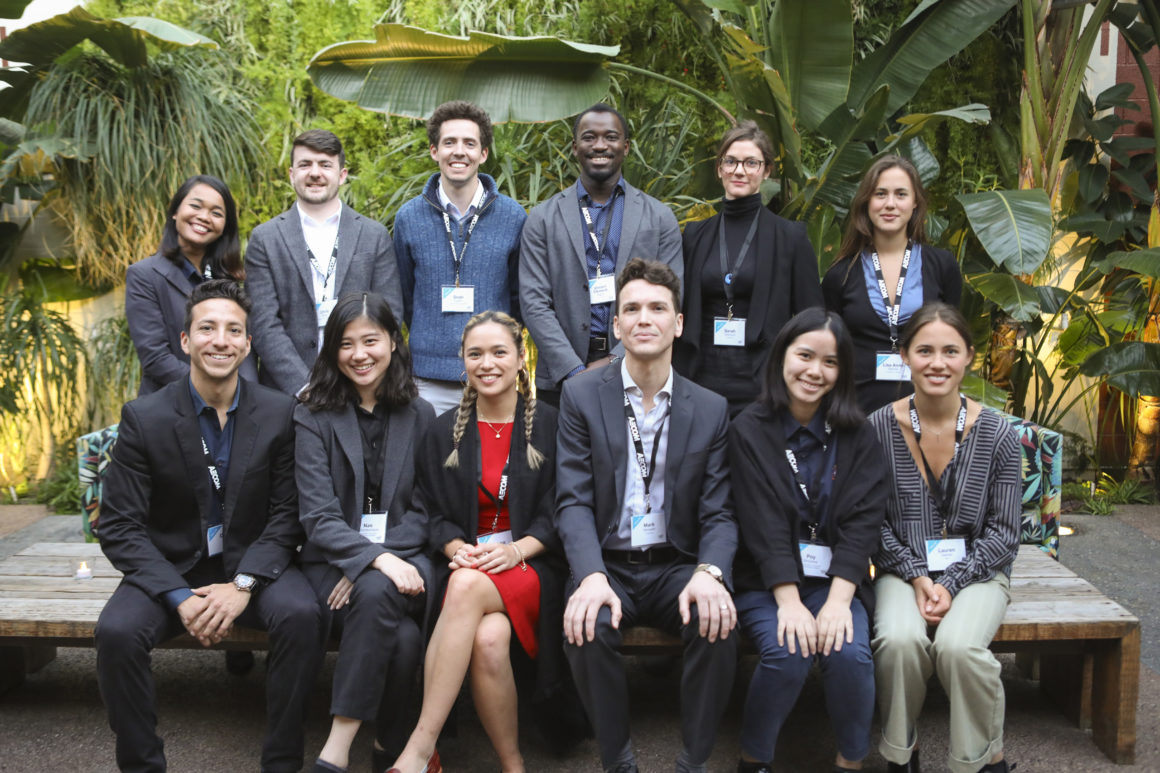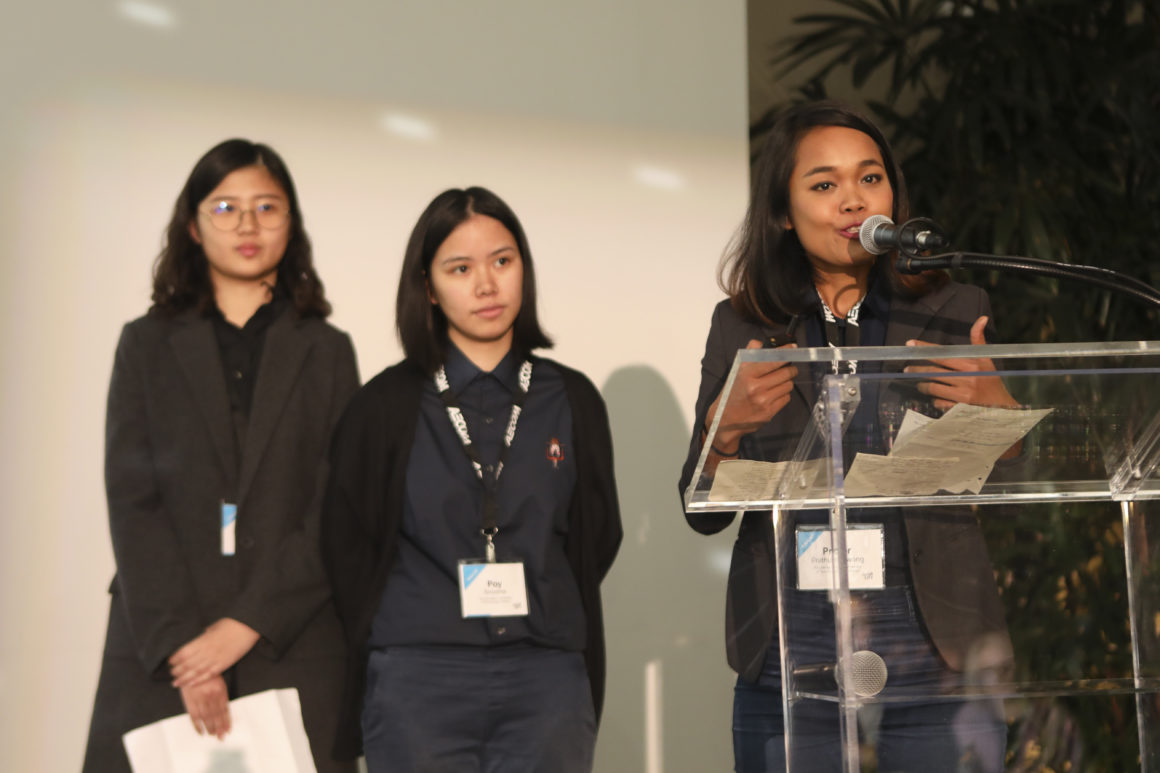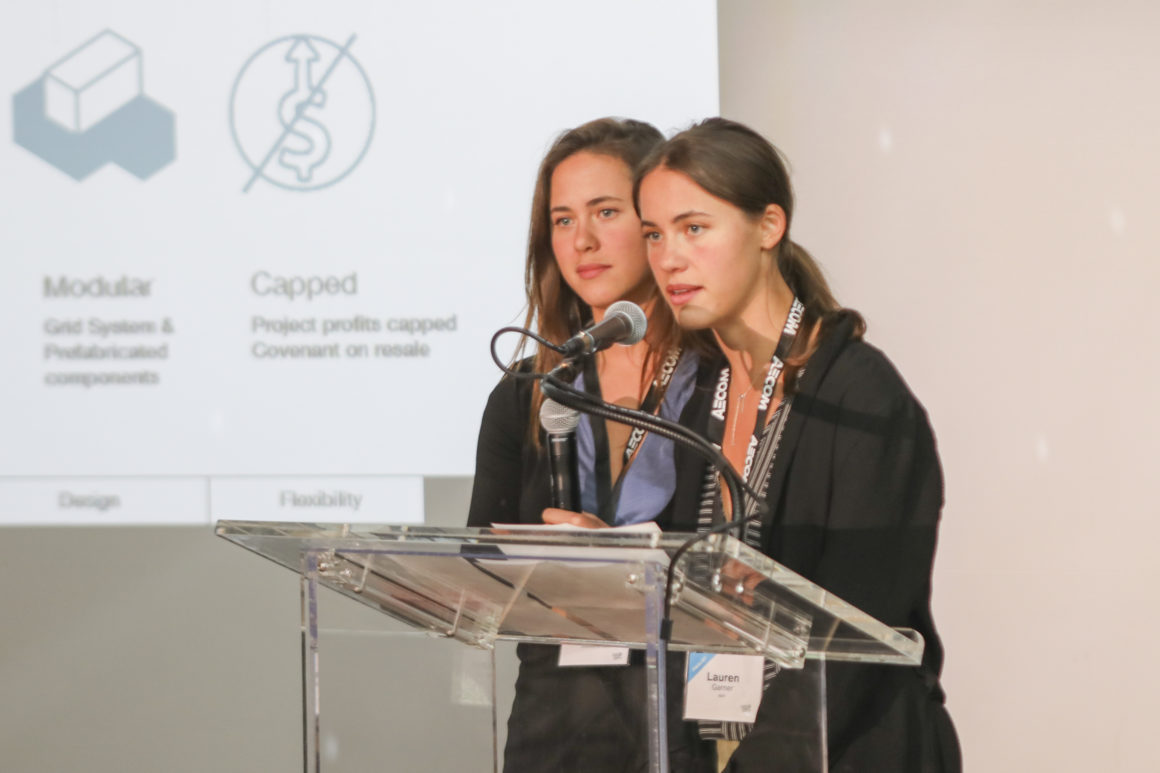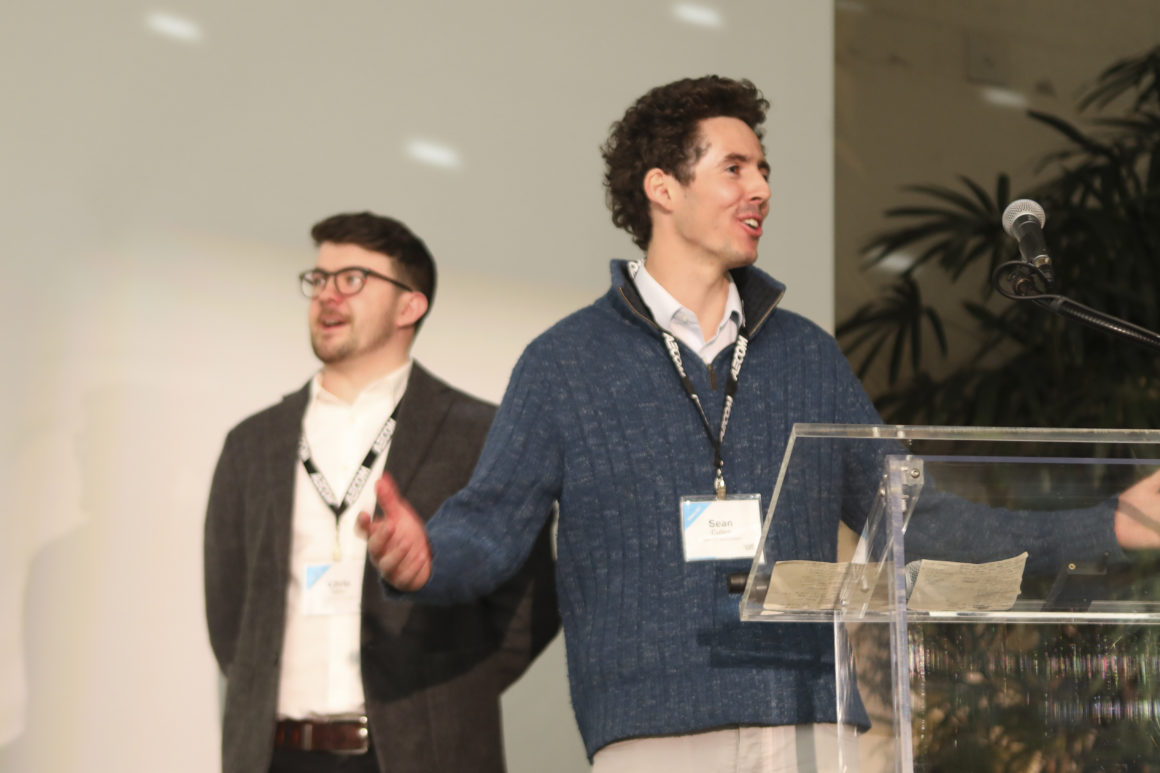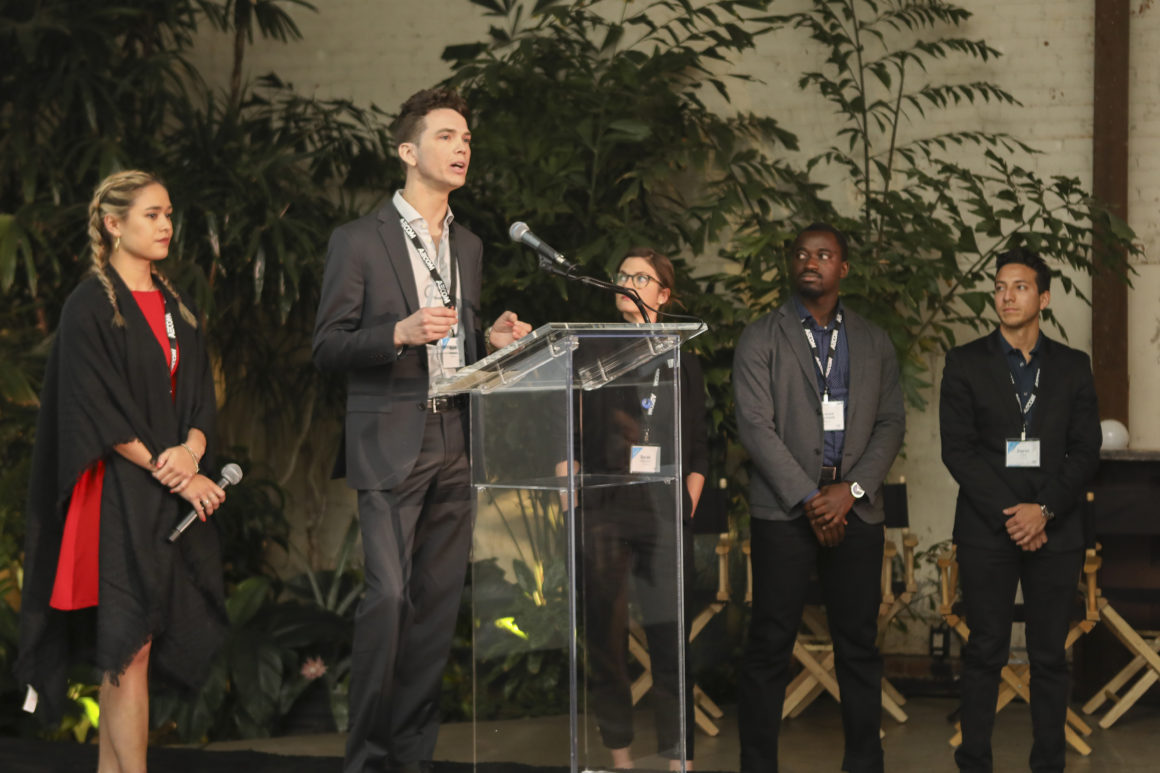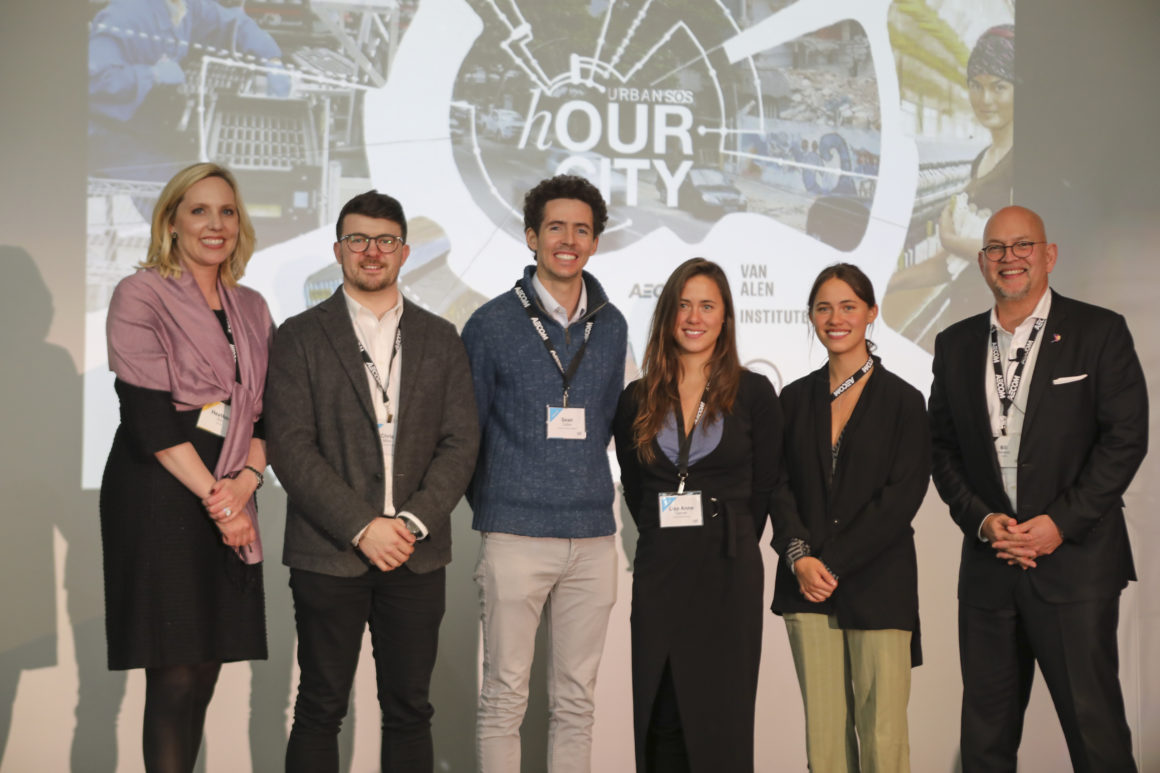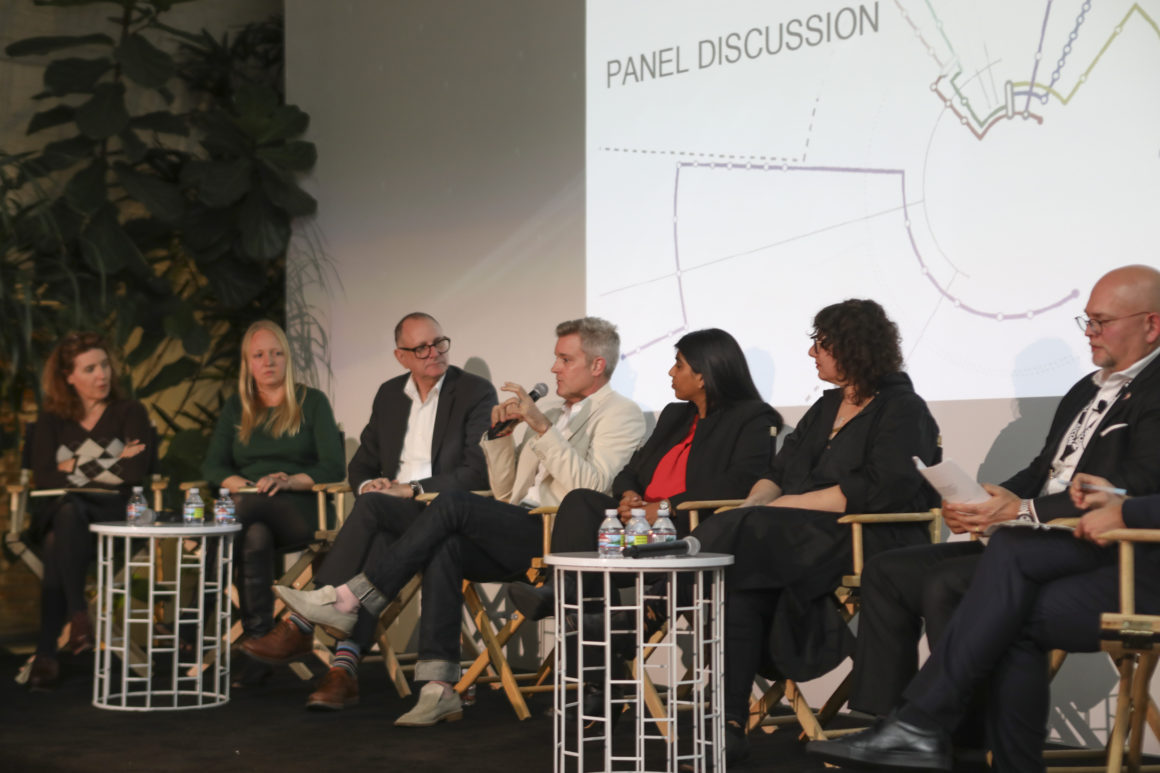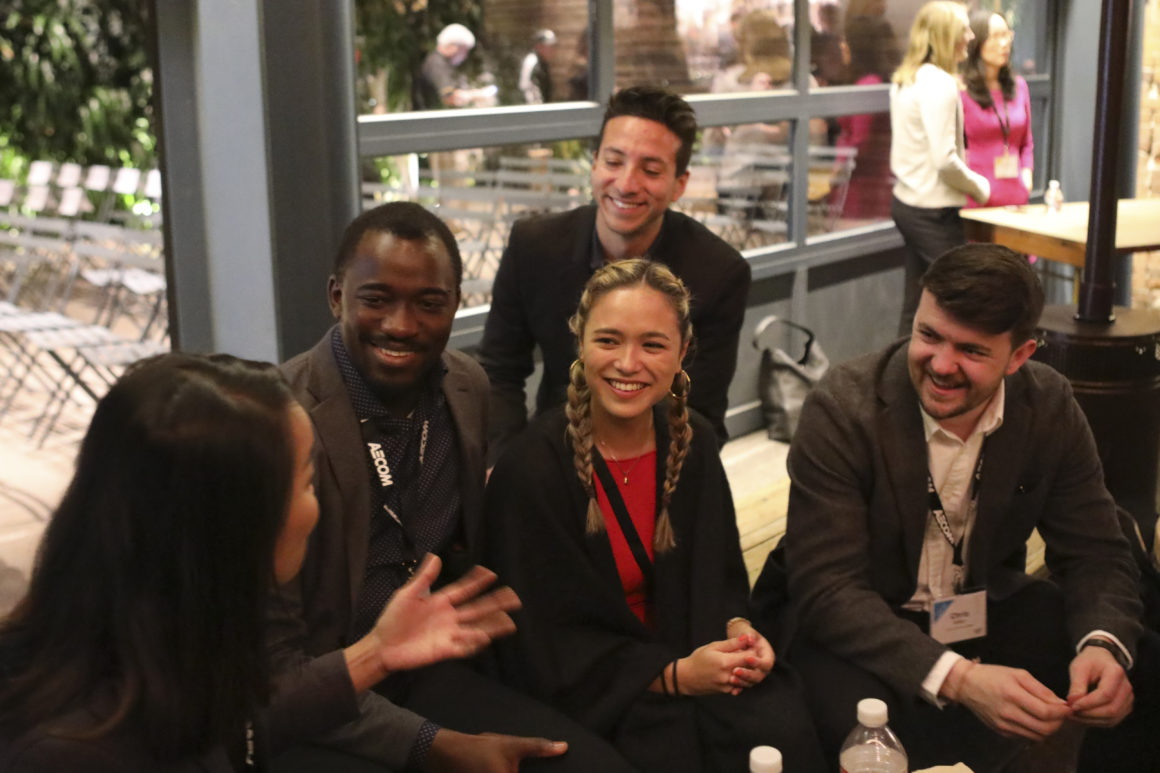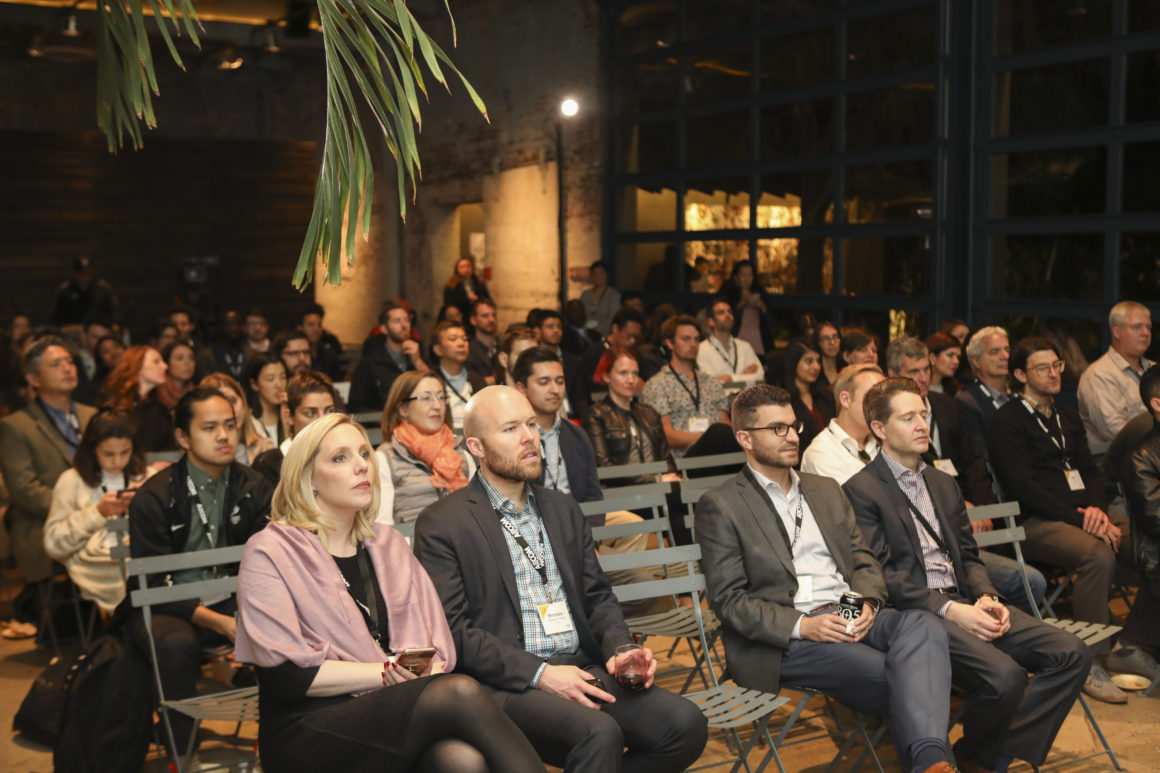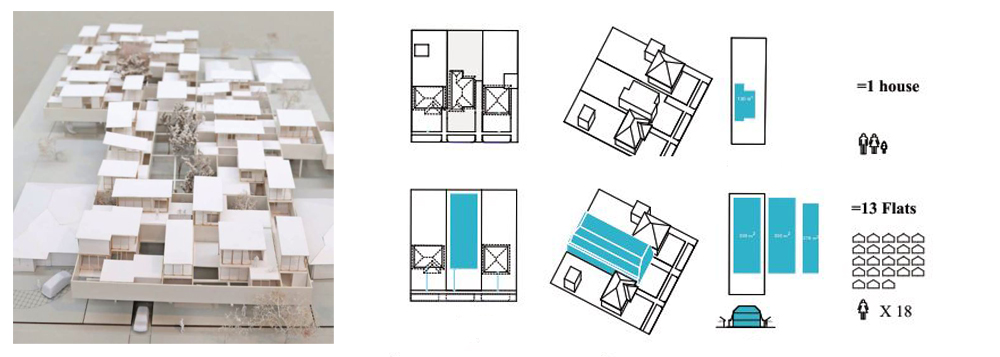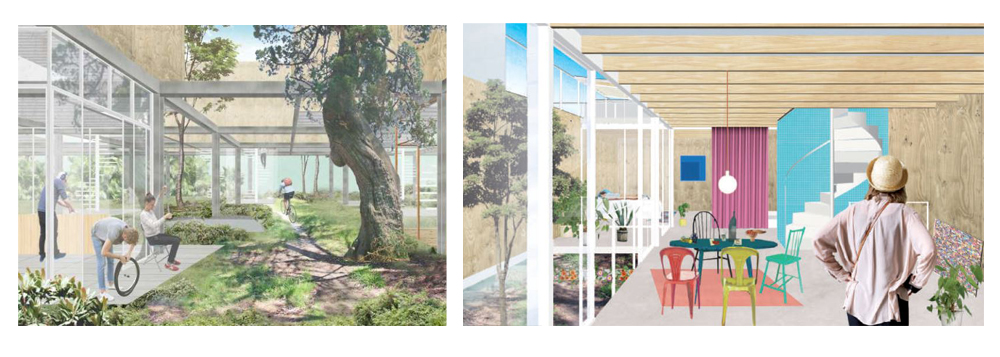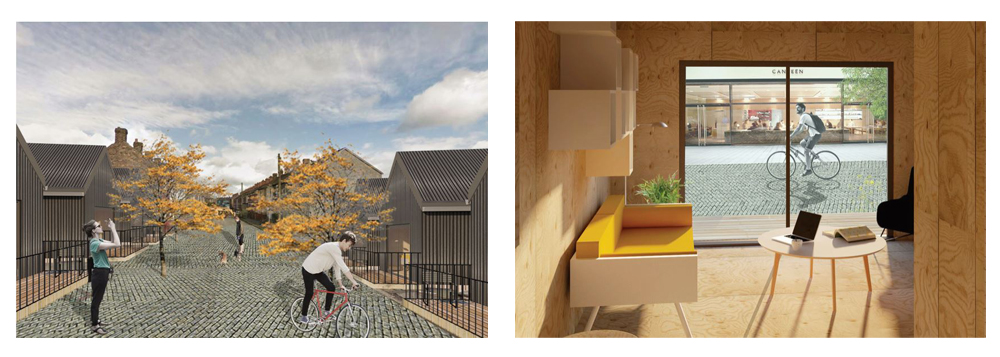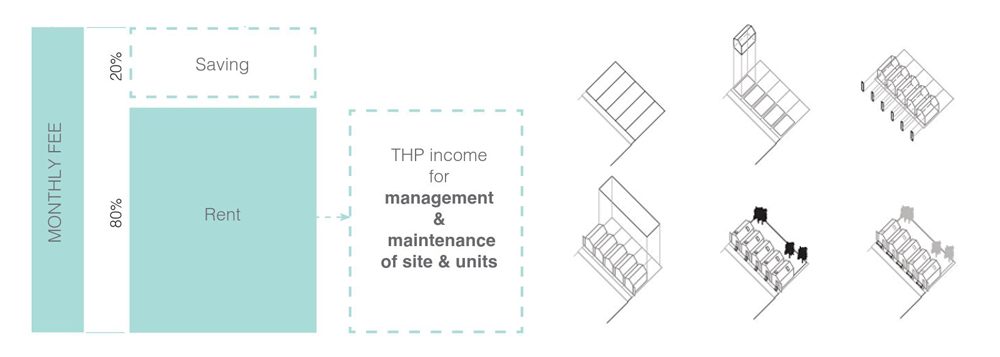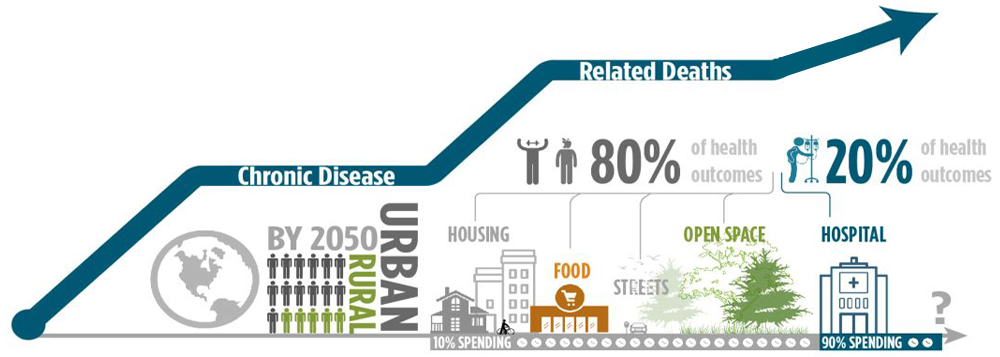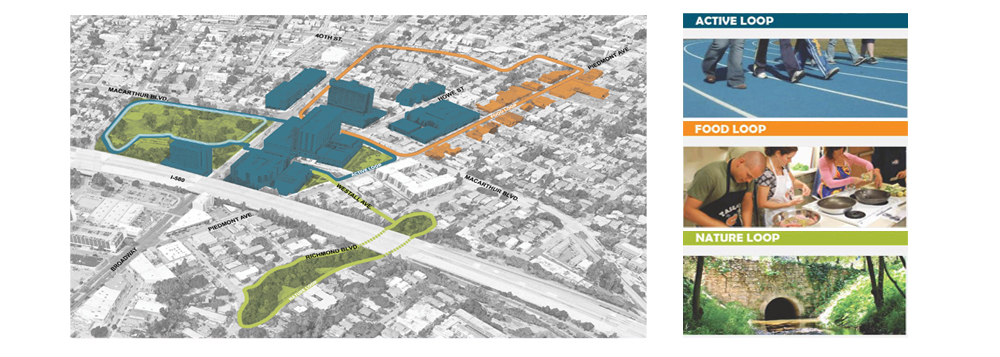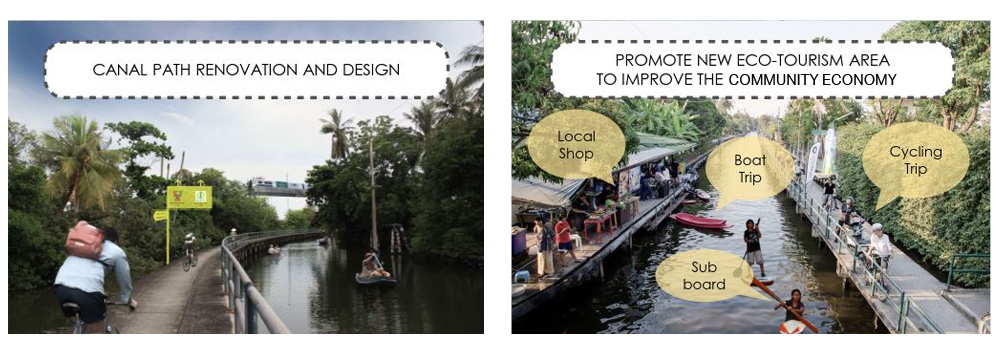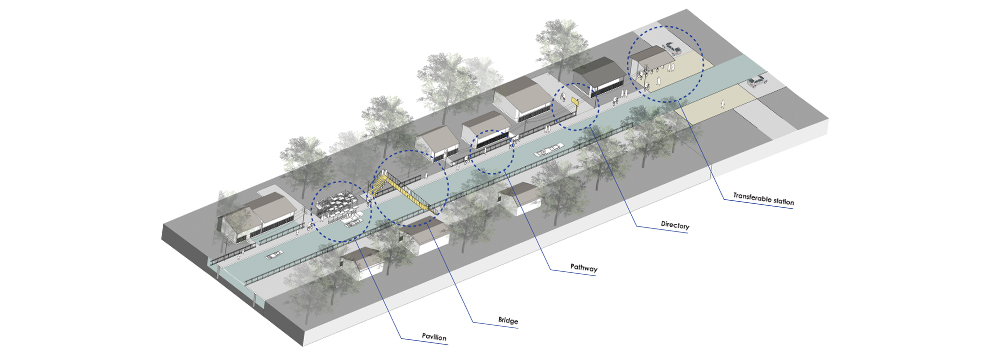By rethinking three deeply intertwined systems — housing, transportation, and economic development — can students strengthen connections between cities and their surrounding regions?
Historically, the boundaries of a city were defined by how far people could travel in one hour, and these boundaries determined the reach of its infrastructure, and its exchanges with surrounding areas. With the forces of globalization and dramatic geographic, social, and economic shifts, the time has come to reimagine these boundaries and offer new ways for urban, suburban, and rural communities to connect to opportunity.
Presented by AECOM and Van Alen Institute, with 100 Resilient Cities — Pioneered by the Rockefeller Foundation, hOUR City was the 2017 Urban SOS™ student ideas competition. The competition asked students to propose new solutions to tackle housing, transportation, or economic development challenges and to re-imagine what a future “hour city” boundary could be.
These three systems represent some of the biggest challenges society faces today: How do we increase the supply of high-quality affordable housing? How can we improve mobility to offer greater access to jobs, homes, markets, and services? Can we develop more equitable economies that reach a wider range of people, including those with limited skills and education, and those living in remote rural areas?
Students were encouraged to propose policy strategies, business models, and other solutions to address their chosen challenge, but these proposals had to be accompanied by a physical intervention at a specific site in a city within the 100 Resilient Cities network. Students formed a multidisciplinary team of two to five members to enter, and included students from two disciplines at a minimum. Entrants had to be enrolled in a certified program during the 2017 academic year to participate.
Four juries comprised of industry leaders reviewed submissions and selected finalists to advance to a final presentation in Los Angeles in January 2018. A total of US$15,000 in prize money was distributed among the finalist teams, and the winning team received US$25,000 of in-kind support from AECOM to implement a pilot of their proposal.
Download the final report: Urban SOS: hOUR City PDF
For more details on the competition results, visit the official Urban SOS: hOUR City website.
Urban SOS™ 2017: hOUR City was a project of AECOM and Van Alen Institute, in collaboration with 100 Resilient Cities – Pioneered by The Rockefeller Foundation.
Urban SOS™ is a trademark of AECOM.
JOINT WINNERS
New Suburban Living
Melbourne, Australia
Lisa Anne Garner, Universität Der Künste; Lauren Garner, RMIT University
Experts estimate that Melbourne will need to build 1.2 million units of housing in the coming decades to accommodate a growing population. The New Suburban Living team reimagines the dominant single-family house typology in the city’s Middle Suburbs, proposing a new planning process and multi-storey design.
This new model for suburban living would dramatically increase the amount and types of available housing to better meet the needs of a changing demographic, and make possible more social encounters and employment opportunities.
The Holding Project
Belfast, Northern Ireland
Sean Cullen, Chris Millar, Queen’s University Belfast
A challenge shared by cities around the world, in Belfast, Northern Ireland, young people struggle to find affordable housing and job opportunities near the center city. The Holding Project team proposes a joint-housing and economic development plan in central Belfast, tailored to young renters aged 18-35.
On publicly owned vacant sites, the team proposes new pre-fabricated micro-units that would save construction time and costs; tenants would set aside 20% of their monthly rent as savings, and have access to communal open space and workspace.
JOINT 2ND PLACE
The Healthy City
Oakland, California
Vincent Clement Agoe, Derek Lazo, Serena Lousich, Mark Wessels, Sarah Skenazy, University of California, Berkeley
One in every two Americans has a chronic disease such as diabetes or heart disease. The Healthy City team proposes a series of programmed “loops” (neighborhood paths and regional transit) that connect communities in Oakland to the resources and physical campuses of major health care providers.
The team’s interventions range from small-scale or temporary pilot interventions such as painted paths and exercise equipment, to scaling up to new transit networks that could provide access to health-care related jobs around the region.
Alternative Ways of Transportation
Bangkok, Thailand
Wilaiwan Prathumwong, Perada Plitponkarnpim, Patcharida Sricome, King Mongkut’s University of Technology Thonburi
Once known as the “Venice of the East,” today Bangkok largely ignores its vast canal system. The Alternative Way of Transport team proposes revitalizing this network with a formalized, multimodal path along the Bang Mod canal that connects isolated residential communities to public transit.
The improved pathway would dramatically cut commute times for local residents, offer a safe route for bicycles and provide new gathering places along the way. This prototype could then serve as a model for similar infrastructural improvements citywide.
